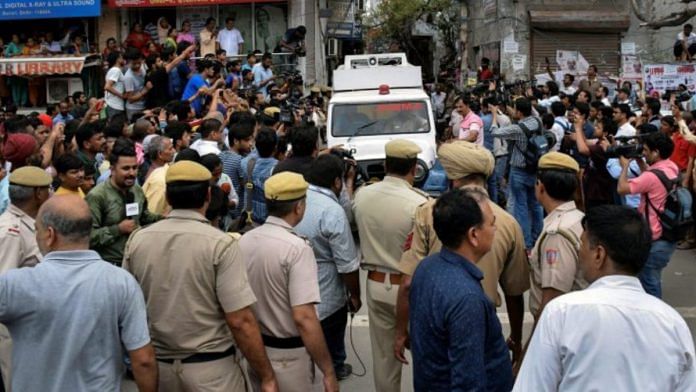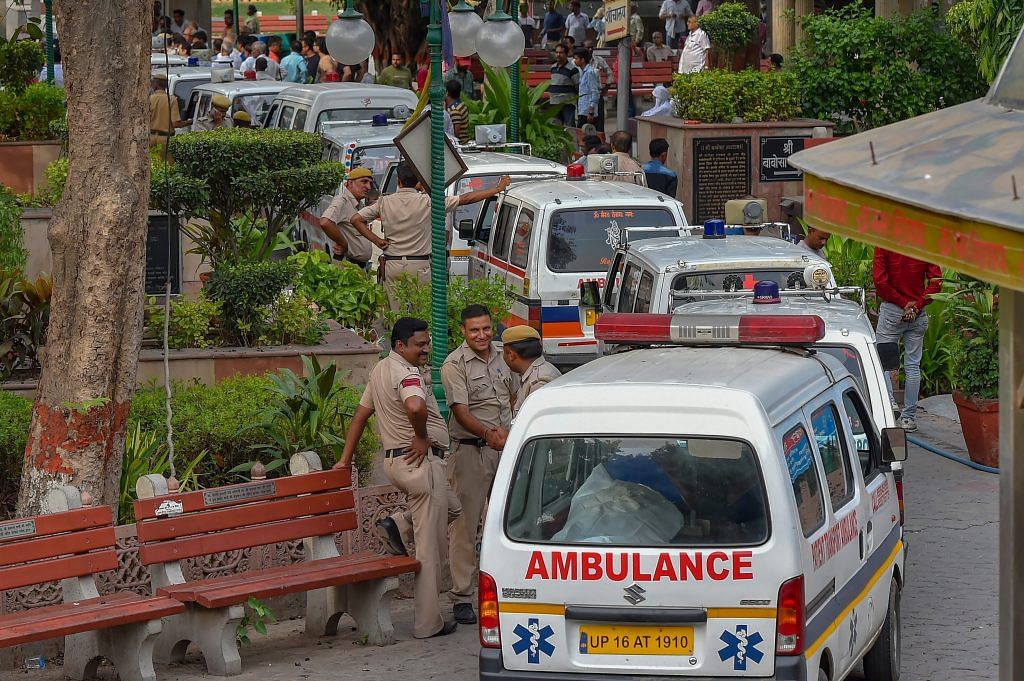Anyone watched this Night Teeth shyt?
It’s a fun watch. Also serves as a great example of how to be economic with a Netflix budget. The cinematography feels top notch but instead of burning cash trying to wow with what would’ve been bad b-movie cgi vamp stunts they instead invested in the tense moments, interactions, and development of J Cole. He’s a charismatic lead.






 ThePrint
ThePrint


